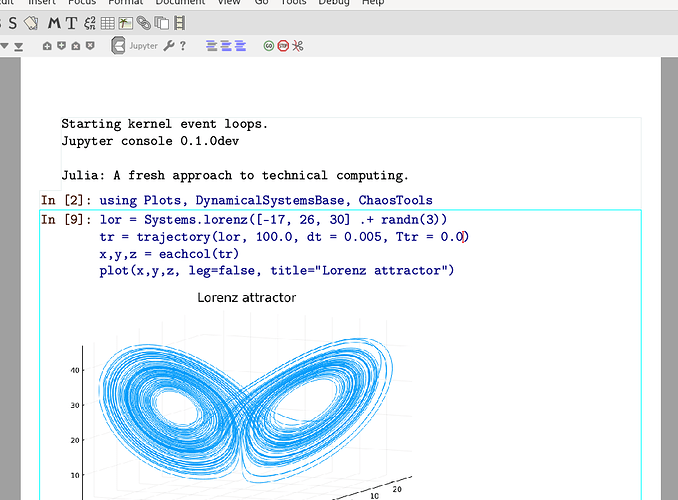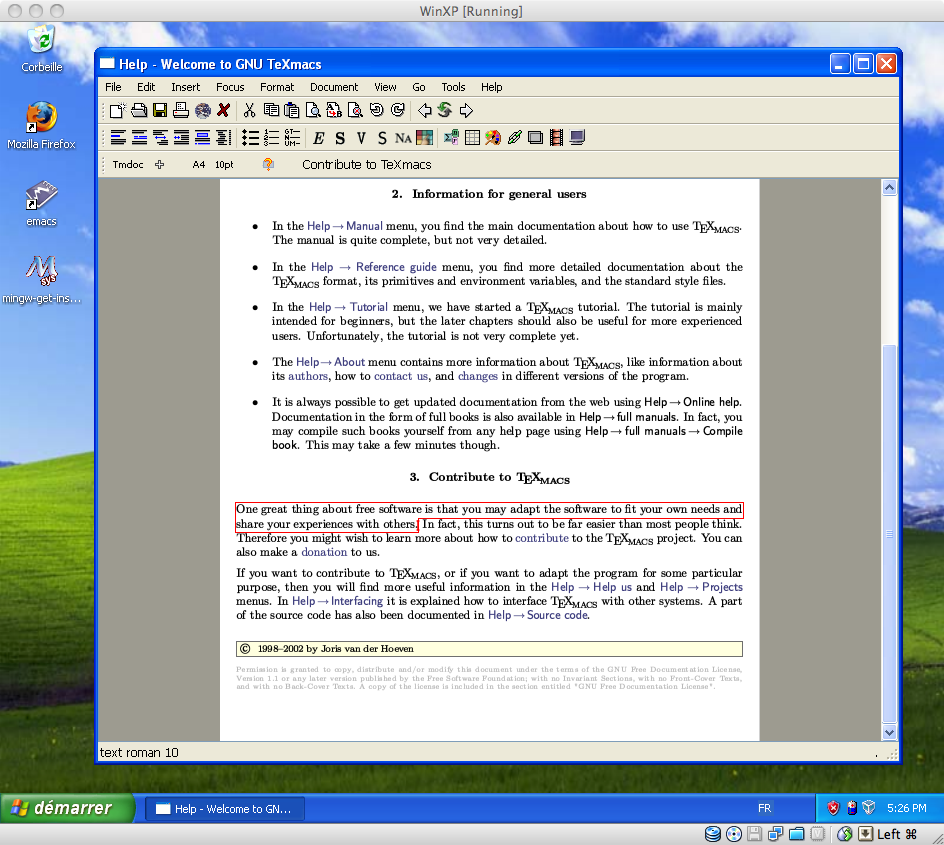

If something here excites you (you!), you should be able to run the code I used to generate the math or trigger a simulation. My guess, not quite correct, was that it would be much easier to share work with you all that I’d built up in code.

Clojure, a modern version of Lisp, gets my brain singing like nothing else, and launched my career in software. This book hooked me for a few other reasons:
#Texmacs mathematica plugin software#
SICM’s software lets you dodge that and bulldoze past the usual boundary into the study of systems that are very difficult to analyze on paper, and still easy on the computer. The physical system is nice and simple to imagine, but the math is a brutal slog. The right side’s missing because I couldn’t zoom out far enough. Here’s a screenshot of the “equations of motion” for a bead moving around on an ellipse, generated by the scmutils library: The equations for seemingly-straightforward systems quickly become far too difficult to manage. We study pendulums swinging, or two planets rotating around each other, or balls rolling down ramps.

With much of School-physics, it’s standard to study systems and models that are “solvable”, or simple enough that you can use pen and paper to figure out how they evolve through time. Many of the leading lights of computing put a huge amount of effort into building systems that could do calculus, “symbolic computation”, and simulations of physical systems on a computer. Imagine, MIT’s AI Lab in the 80s, the throbbing heart of the movement to build artificial minds by encoding everything humans know in computer-interpretable symbolic expressions. The authors have implemented all of the physics in the book in the MIT Scheme programming language (a variant of Lisp ), using a software library called “scmutils” that they built over the course of decades.


 0 kommentar(er)
0 kommentar(er)
